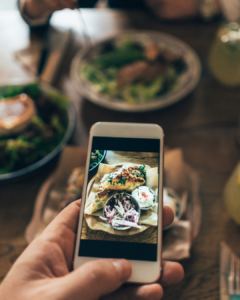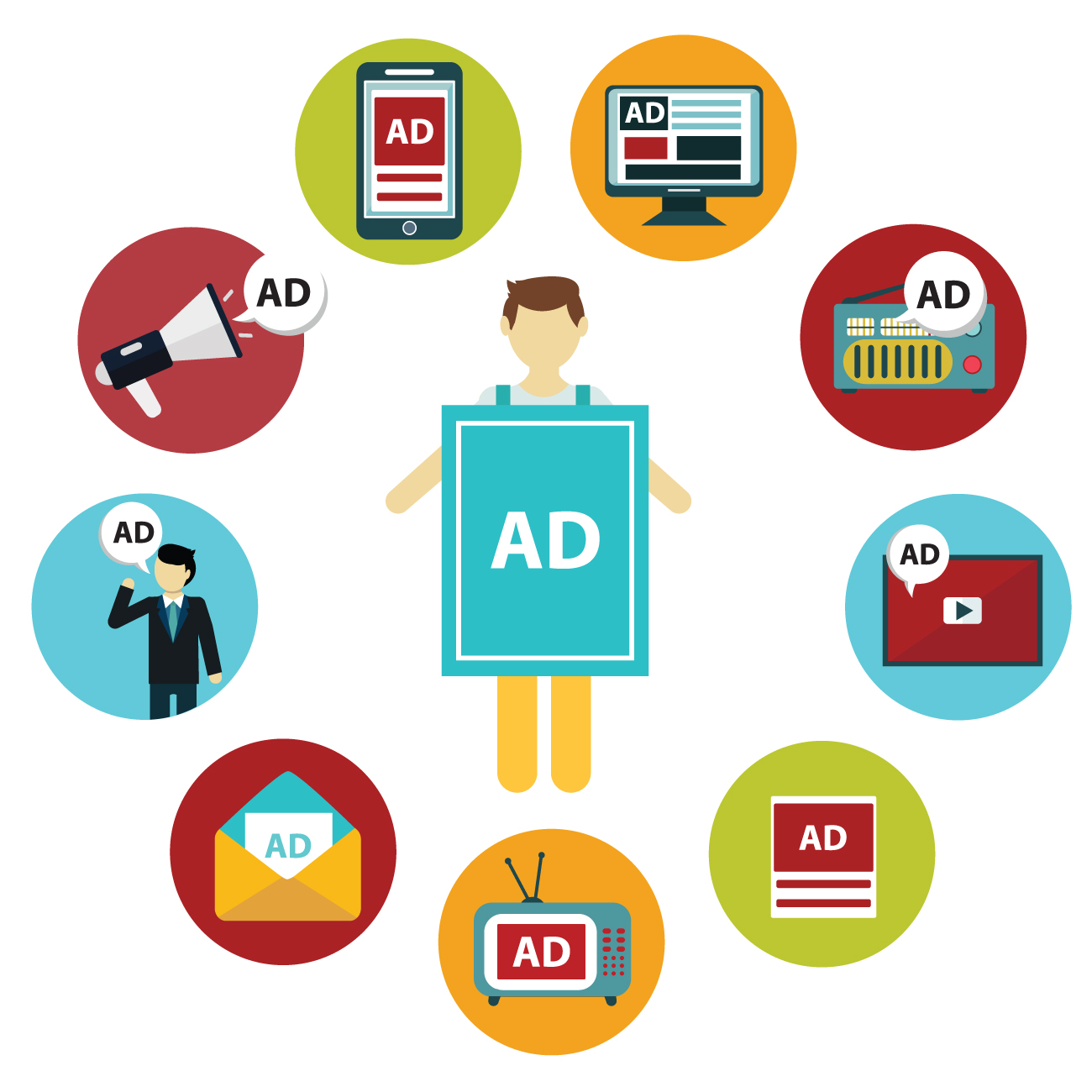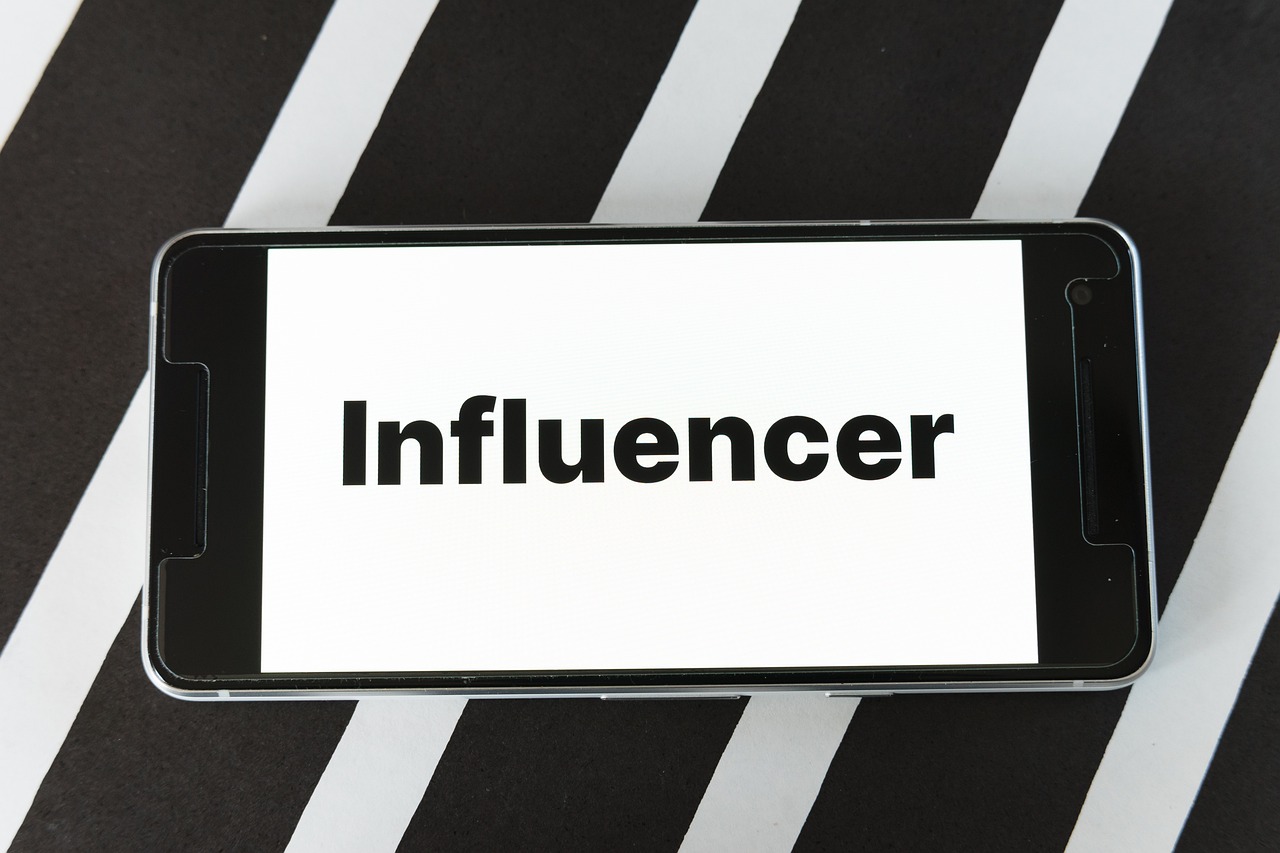Change is the only constant in digital marketing, leaving marketers scrambling to adapt. One significant shift we have seen recently is the decline of organic reach on social media platforms – once seen as an avenue of free exposure, organic reach now rarely gets seen without being paid for; prompting questions as to whether social media advertising may now be necessary?
We’ll explore the factors causing organic reach to decrease, debate if paid ads are truly necessary, and offer advice for how businesses can adapt to this new reality. So let’s get down to business!
The Rise and Fall of Organic Reach
The Golden Age of Organic Reach
Take a step back into history: in the early days of social media platforms like Facebook, Instagram and Twitter were full of promise for businesses looking to capitalize on organic reach – the ability to connect with your target audience without paying for visibility – as an essential aspect of marketing strategy.
At that time, building an audience and engaging with it was relatively effortless. If your content resonated with its followers, it would spread organically – providing small businesses with limited budgets an equal playing field to compete on.
The Decline Begins
But all good things must eventually come to an end, and the decline of organic reach began gradually before quickly spiraling out of control. Ogilvy conducted a study in 2014 which demonstrated this trend: organic reach for Facebook pages had dropped to as low as 6% on average – this number is likely even lower today!
So what has happened? The drop in organic reach may be attributed to various causes:
- Platform Saturation: With more brands and individuals taking to social media platforms like Facebook and Instagram, content production skyrocketed. Faced with so much material competing for users’ attention, platforms had to make tough choices about what would appear in users’ feeds.
- Algorithmic Changes: Social media platforms, particularly Facebook, began altering their algorithms to prioritize posts from friends and family over brands or pages. The aim was to enhance user experience by showing people content they were most likely to care about; unfortunately this resulted in businesses’ posts becoming less relevant to them.
- Monetization Efforts: Social media platforms are businesses just like any other, and must make money. By restricting organic reach, these platforms increased demand for paid advertising – businesses who wanted to reach their audience could pay to do so.
Is Social Media Advertising the Only Way Forward?
At a time when organic reach has steadily decreased, it can be tempting to assume paid social media ads are the only viable solution available to us. While their effectiveness cannot be denied, we should recognize their limitations in today’s landscape and explore their necessity and potential together.

At first, let us recognize the numerous advantages of paid social media ads:
- Targeted Reach: Social media ads offer advertisers an unprecedented ability to pinpoint specific demographics, interests, behaviors, and locations – allowing your message to reach those most likely to engage and convert.
- Scalability: Social media advertising is highly adaptable, accommodating any size budget and providing businesses of all types access to it. Starting small and increasing as you see results makes social media advertising accessible for any organization regardless of size.
- Measurable Results: One of the main advantages of paid advertising is being able to measure its results. Social media platforms provide detailed analytics that show you exactly how your ads are performing, enabling you to optimize campaigns for even greater outcomes.
- Speed and Impact: Paid ads provide immediate results compared to organic content which may take time to gain traction, making them ideal for time-sensitive promotions or events.
Social Media Ads Can Have Downsides
While paid advertisements offer many advantages, relying solely on them can have its drawbacks:
- Cost: Ads have their share of costs; while they may be effective, their ongoing investment can become burdensome for smaller businesses with tight budgets.
- Ad Fatigue: With social media ads being so ubiquitous, users may become overwhelmed and develop “ad fatigue.” They may either scroll past or block ads altogether – making it harder for advertisers to gain their attention.
- Short-Term Focus: While paid ads can deliver immediate results, they don’t necessarily create long-term relationships with your audience. Organic content provides the chance for real relationships and community building.
- Dependence on Platforms: Relying heavily on paid advertising means becoming dependent on its algorithms and policies, potentially impacting its effectiveness and thus your campaigns’. Any changes could drastically reduce campaign success.
Navigating the New Reality: Adopt a Balanced Approach
Now that organic reach is declining and paid ads have their limitations, what should businesses do? One key strategy is taking an omnichannel approach with both organic and paid strategies in play – here are some suggestions on how you can do that effectively:
- Prioritize Quality Over Quantity
With organic reach steadily declining, content quality matters more than ever. Instead of pumping out endless posts that don’t resonate with your audience, focus on creating high-quality and valuable posts that spark conversation or provide solutions – these pieces of writing will likely get shared and grow organic reach even with reduced organic reach.
- Leverage User-Generated Content
User-generated content (UGC) can be an effective way to expand organic reach. By encouraging customer reviews about their experiences with your brand, UGC adds credibility and trustworthiness to marketing initiatives. Encourage audience members to contribute posts related to products or services related to yours while responding appropriately.
- Optimize for Engagement
Engagement is one of the primary criteria used by social media algorithms when selecting what content to display to users. Create posts that generate likes, comments, shares and other forms of interaction from your audience by asking questions, running polls or providing engaging content which encourages participation.
- Focus on Building a Community
Building an engaged and loyal community is one of the best ways to counteract organic reach decline. Create groups, forums or dedicated spaces where your target audience can connect with each other – an engaged audience is more likely to see and interact with your content!
- Use Paid Ads Strategically
Organic strategies are crucial, but paid ads still have their place. The key is using them strategically – for instance using paid ads to amplify organic content that has performed especially well; using ads to drive visitors directly to your website so you can capture leads for email marketing campaigns; etc.
- Diversify Your Marketing Channels
Spread Your Risk Relying solely on social media–be it organic or paid posts–is risky. A multi-channel approach will ensure that you don’t become dependent on any one platform too soon.
- Stay Informed and Adapt
The digital marketing landscape is constantly shifting; what worked yesterday may no longer work today. Stay up-to-date with current trends, algorithm changes and best practices while being willing to adjust strategies as necessary in order to stay ahead of the game.
Future of Organic Reach: Is There Hope?
Although the decline of organic reach on social media platforms is undeniable, they remain invaluable tools for raising
Future success may lie in taking a hybrid approach that blends organic and paid strategies. Organic content will still play an essential part in building relationships and cultivating community, while paid ads help reach new audiences and drive conversions.
As social media platforms evolve, new opportunities may present themselves. TikTok and Pinterest both demonstrate there is always room for innovation within the social media space.
Conclusion
The death of organic reach on social media has irrevocably altered digital marketers’ strategies. Although paid ads may seem to be the only path forward, success lies in finding an approach which blends quality organic posts with strategic paid ads for an optimal combination.
Focusing on providing value, building community, and remaining adaptable are three keys to business success on social media despite diminishing organic reach. While paid ads may be necessary, you can still leverage organic reach with effective strategies in place and make organic reach work for your brand.
As experts in digital marketing, we understand both the challenges and opportunities brought on by these changes. From revamping organic strategy and optimizing paid campaigns to exploring new channels – let us be your guides through an ever-evolving social media landscape and help you navigate it together with confidence! Let’s move forward together by accepting both its challenges and opportunities head on!





